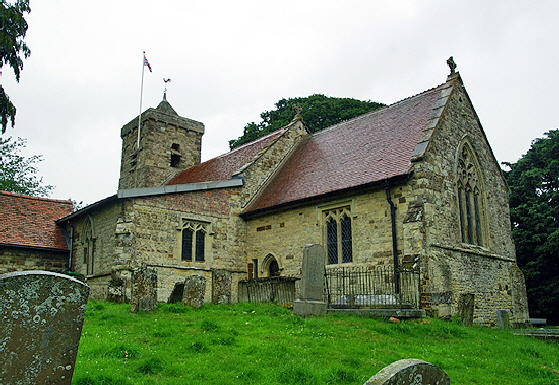|
|
||||||||||||||||||||||||||||||||
|
would have looked before Tudor monarchs outlawed its images and imposed a more austere, less sensual, form of national religion”. Bravo, Roger Roswell. It was on the basis of his many pictures of Slapton Church that I ventured there myself and was similarly entranced by what I found. If ever there was a reason not to slavishly follow the trail of Simon Jenkins’s “Thousand Best Churches”, his omission of Slapton in favour of others of much less merit is surely one - of many! Almost as beguiling as the paintings is the unspoiled mediaeval feel of the church. Certainly the windows have all been altered. This is a thirteenth century church and there is not a lancet window in sight but inside all is rude and ancient. “Memorably intimate” as Pevsner said. The west tower is worthy of study for its unusual round-headed blank arcading on the south side flanking a pointed bell opening: an almost classic Transitional arrangement and unique in any tower I have seen. The chancel arch is flanked on either side by unusual traceried “windows”. The arcade to the south aisle is Early English. The aisle itself was surely extended out at some point. There was a clerestory until the nineteenth century when it was removed. The chancel is fourteenth century with a pretty Decorated style east window. It is the paintings you will remember most when you visit this church. But I hope you will also remember the deep spirituality of this gorgeous little church. |
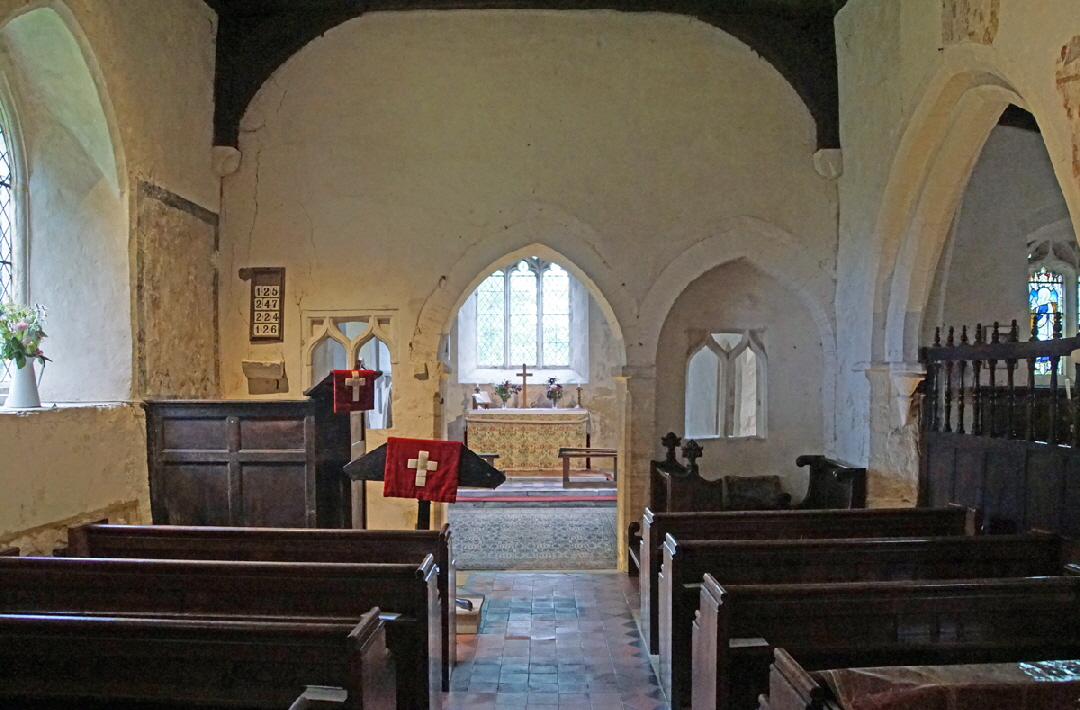 |
|||||||||||||||||||||||||||||||||||||||||||||||||||||||
|
Looking towards the east. What a curious view it is. There are “windows” either side of the Early English chancel arch. It all looks very ad hoc, however. We must presume there that were surely blind arches on each side originally. So perhaps the two windows are not after all contemporaneous? Either way, there is absolutely nothing conventional here! It is all very homespun. Note the little screen to the south aisle to the right. |
|||||||||||||||||||||||||||||||||||||||||||||||||||||||
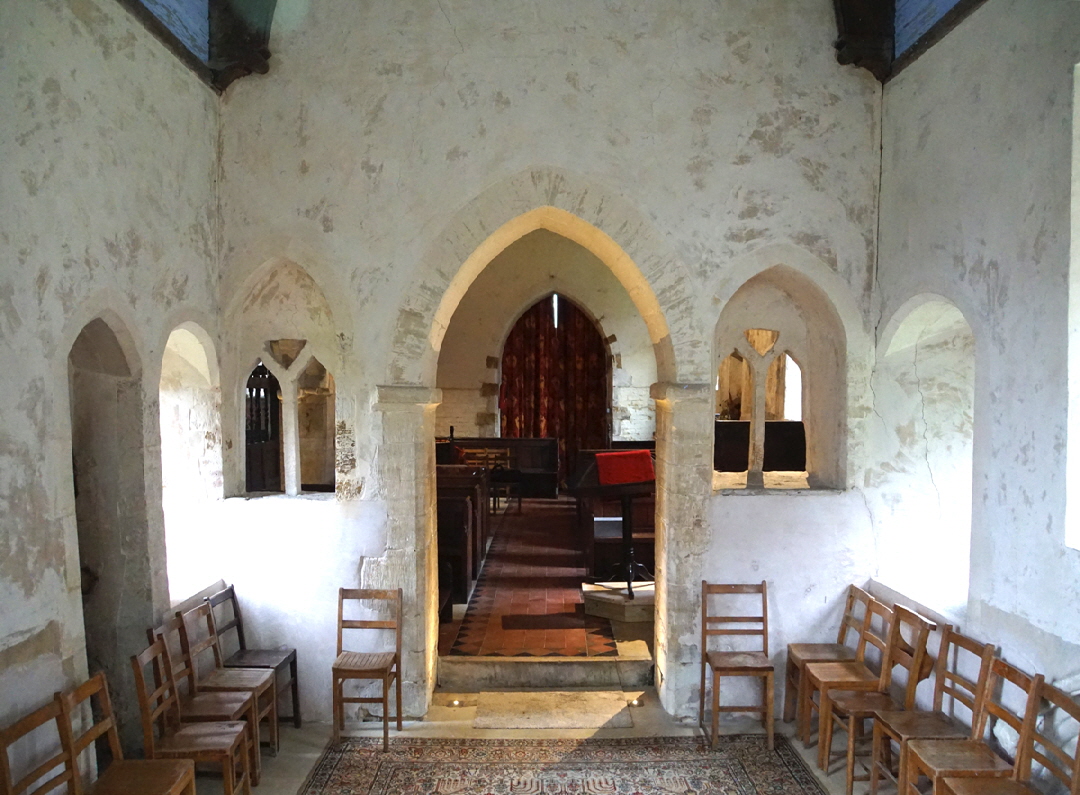 |
|||||||||||||||||||||||||||||||||||||||||||||||||||||||
|
Looking through the chancel arch towards the west. Here the scene IS symmetrical! It is all very curious. A delightful rustic scene, little changed in nine hundred years, |
|||||||||||||||||||||||||||||||||||||||||||||||||||||||
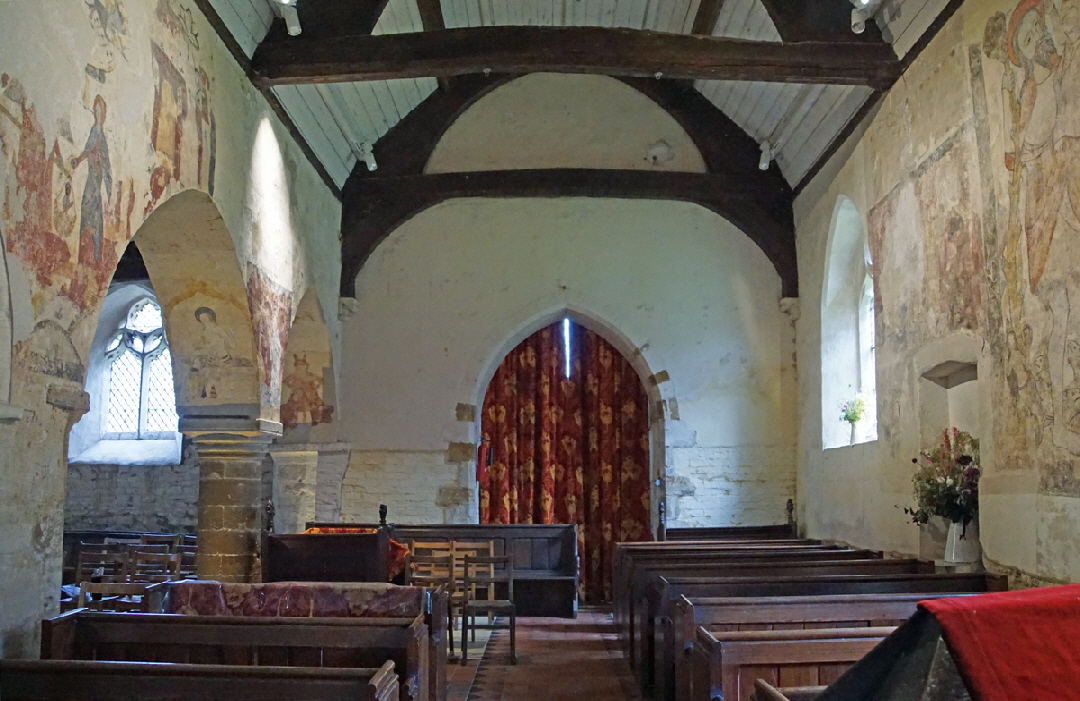 |
|||||||||||||||||||||||||||||||||||||||||||||||||||||||
|
The view to the west, The tower arch is also Early English and no more elaborate than the chancel arch. It is oddly missing any kind of capital. The arcade is of the same vintage. To left and right we can now see some of the wall painting that is the treasure of this church. |
|||||||||||||||||||||||||||||||||||||||||||||||||||||||
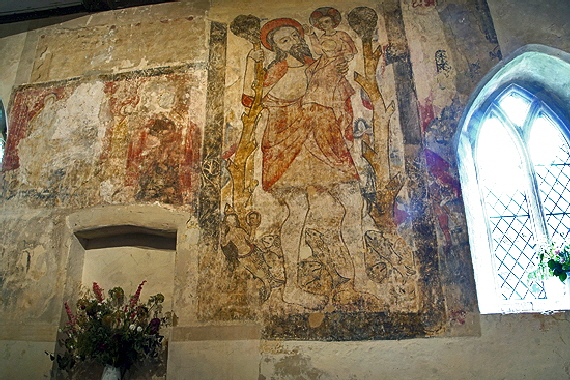 |
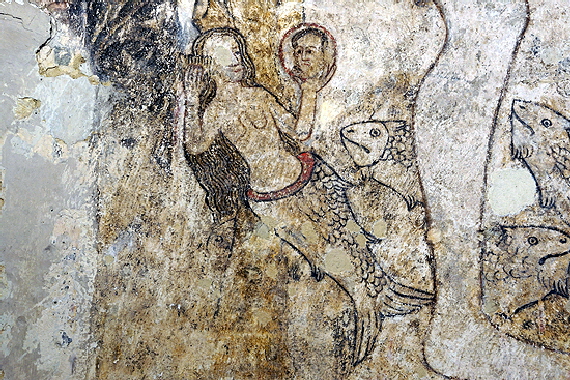 |
||||||||||||||||||||||||||||||||||||||||||||||||||||||
|
Left: The north wall has the most spectacular St Christopher painting I have ever seen and in its traditional place where parishioners could look in on on the patron saint of travellers before setting of on a journey. He was a hugely popular saint in the fifteenth century when this was painted. His stature reflects his description in the Bible. Wonderfully, the artist has depicted fish swimming below his feet. To the left of his feet is a figure of a mermaid. The paintings to left and right are hard to make out but it is been suggested that the left hand painting is a pieta (Mary with Christ in her lap). Right: The mermaid is depicted in the traditional way: combing her long tresses and admiring herself in a mirror. It’s a funny thing but I often feel that the woodcarvers of, for example, Suffolk, rather enjoyed reproducing the...ahem...upper body form of women. Painting. one feels, should have been a whole lot easier but one can only conclude that the artist hadn’t got a lot of personal experience to draw upon! Why was the mermaid here at all? Well, she is a very favourite warning to the potential sinner; that lust is a futile emotion. The Church, I think it is fair to say, had a bit of a downer on lust although when you think about it, none of the Ten Commandments had much to say about it as long as you didn’t have designs on your neighbour’s wife! Anyway, it seems that the artist took advantage of the water at St Christopher’s feet to work in this little morality story. |
|||||||||||||||||||||||||||||||||||||||||||||||||||||||
 |
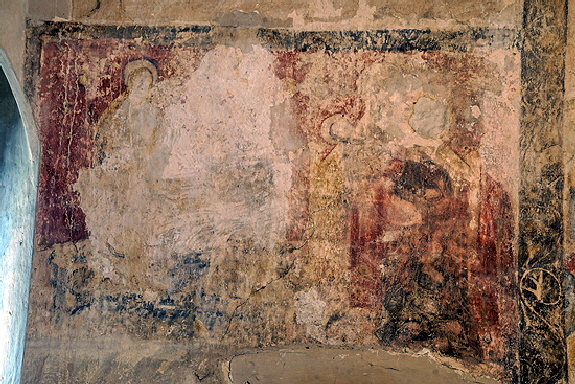 |
||||||||||||||||||||||||||||||||||||||||||||||||||||||
|
Left: A veritable shoal of fishes. Right: The painting to the left of St Christopher. You can just make out the baby Jesus in the pieta on the right. |
|||||||||||||||||||||||||||||||||||||||||||||||||||||||
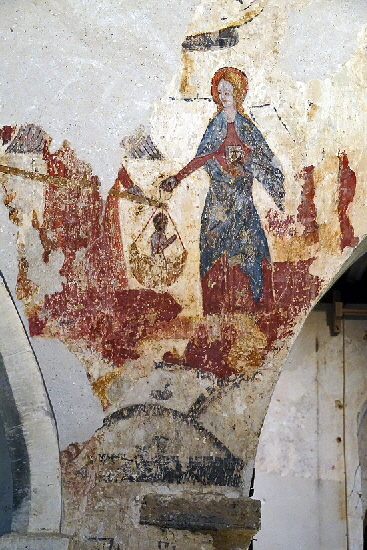 |
 |
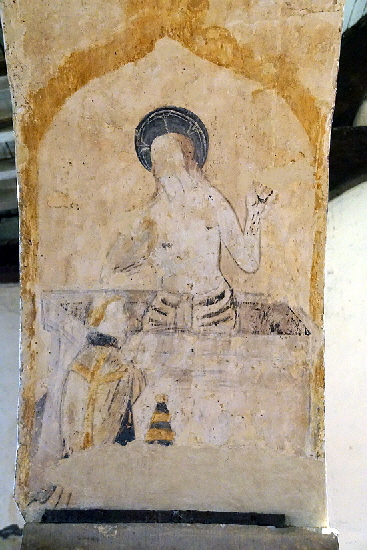 |
|||||||||||||||||||||||||||||||||||||||||||||||||||||
|
Left: One one of the spandrels of the aisle arcade is the fascinating scene of St Michael, wings outstretched, weighing a soul at the Last Judgement, while the Virgin Mary tips the scales - we must presume in the person’s favour - with her hand. See detail in the picture Centre. This plays to the Marian cult that promoted the idea that prayers to Mary could lead to intercession on your behalf. This is, according to the Church Guide, a palimpsest: that is to say, a painting was overlaid on another painting. St George and the Dragon in this case. Although I am sure they are right, I can’t see it personally. Right: On the soffit (underside) of one of the arches Christ is shown rising from the dead (it rather looks like a coffin!) and receives the adoration of a tonsured and robed bishop whilst showing his wounds. Or, if you prefer the Church Guide version, giving a blessing. It is an anachronistic scene since, of course, there were no bishops in Christ’s own lifetime. I expect whoever was the bishop at the time of this painting would have approved, however! |
|||||||||||||||||||||||||||||||||||||||||||||||||||||||
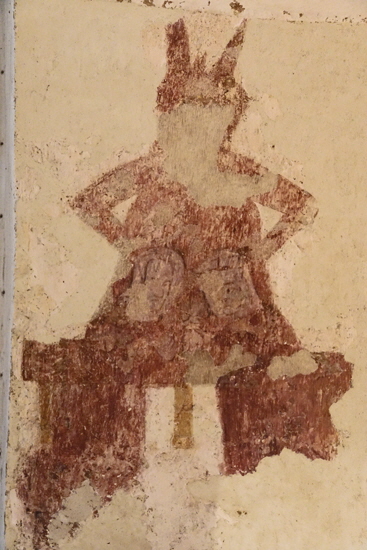 |
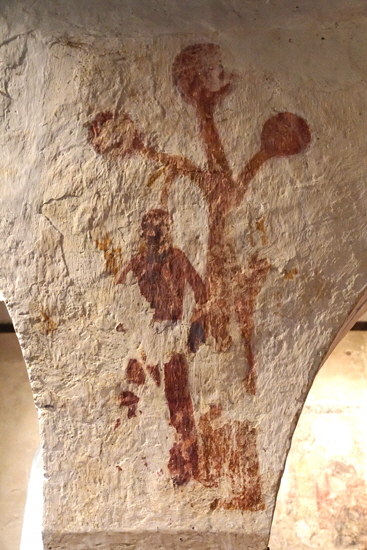 |
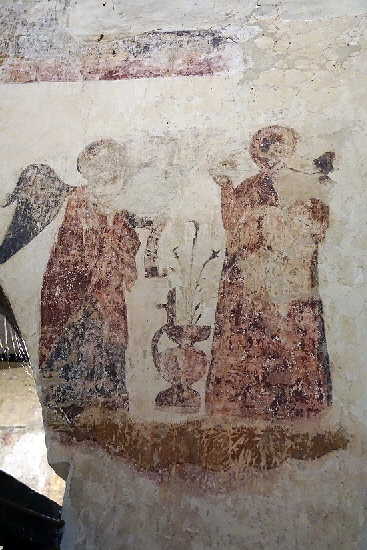 |
|||||||||||||||||||||||||||||||||||||||||||||||||||||
|
The wonderful thing about the paintings here is that they are wonderfully accessible. Many early wall paintings are very earnest and “educational” - see for example the “Lewes School” at Hardham and Clayton in Sussex. They mainly show the good guys. But these at Slapton are very much in the mode of scaring the parishioners into a more Christian way of life. We see it as its best in the many late mediaeval doom paintings - see, for example St Thomas, Salisbury. Left: Here we see a devil - Tutivillus - listening in on two gossips. Tutivillus was a literate devil whose specialised in introducing errors into sacred manuscripts and, as here in Slapton, listening in as women gossiped, making notes on their words and presenting evidence at the Day of Judgement. Gossips, of course were always women - don’t blame me, I’m just reporting on how they were portrayed in churches - and were particularly culpable when gossiping in church when they should have their minds on higher things. For a wonderful example see one of the misericords at Gayton in Northamptonshire. Centre: This is Judas Iscariot hanging himself from a tree after betraying Christ for his thirty pieces of silver. The patch of left by his shoulder is a little demon whispering the words of the Devil. Right: On another spandrel is this portrayal of the Annunciation. |
|||||||||||||||||||||||||||||||||||||||||||||||||||||||
 |
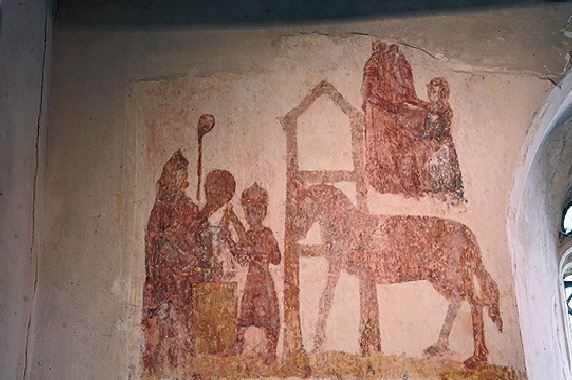 |
||||||||||||||||||||||||||||||||||||||||||||||||||||||
|
Left: The south wall of the south aisle. There are two really good fragments here. On the left is the unusual image of the miracle of St Eligius. To the right is the more common subject of the Three Living and Three Dead. This is another cautionary tale, aimed at the smug wealthy. Three princes in their finery returning from the hunt are met by three cadavers who tell the fine young dandies “As I am so shall you be”. Their souls shall be weighed like everyone else’s and if they are a bit light on the good works front they will go to the fiery pit like everyone else. One can imagine that he itinerant artists, as well as the congregation, were rather fond of this notion. Right: The St Eligius picture. Eligius is the patron saint of goldsmiths and silversmiths which is probably a nice little posthumous job. He was a craftsman who became Bishop of Noyon in about AD641, Fetchingly dressed a bishop and wielding a bishop’s crozier (no, it’s not a golf club), he faces an anvil. In his other hand he holds a horse’s leg, The horse, you might notice only has three legs. That is because the leg the Eligius holds has been cut off from the hapless beast who was possessed by the devil Eligius obligingly replaced the horse’s shoe - one has to think he put his crozier aside - and re-attached it to the relieved animal, who presumably was now free of his demons. The little chap helping Eligius out - wielding pincers? - seems to be wearing some kind of turban! A most unusual image. |
|||||||||||||||||||||||||||||||||||||||||||||||||||||||
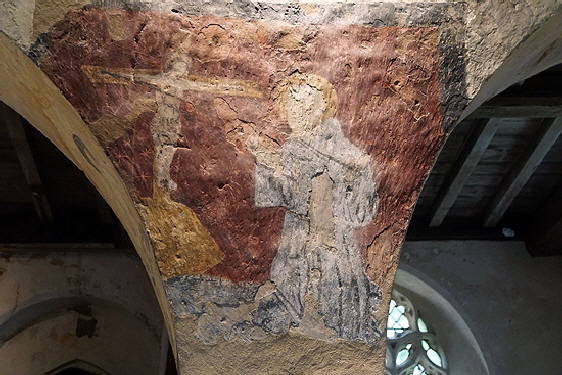 |
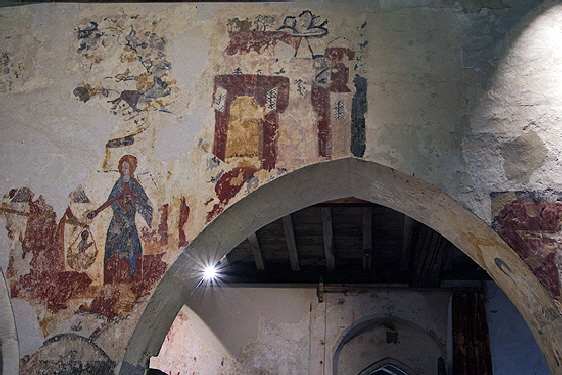 |
||||||||||||||||||||||||||||||||||||||||||||||||||||||
|
Left: St Francis was and is a popular saintly figure. Now we have to remember that St Francis was a real person and you can still see his regalia and robes at the Duomo in Assisi. He founded the Franciscan Order of friars. His story is well documented. He hasn’t been credited with any bizarre miracles (cf. Eligius) and nor did he meet an improbably brutal and inventive death at the hand of a wicked tyrant. I am not a cynic. I found his relics quite moving. It is hardly surprising if mediaeval people saw him as a plausible and accessible figure. I don’t subscribe to the notion that the English peasant believed every bonkers story he was fed. It’s funny how we think that because they were all Christians their natural human scepticism was suspended. Of course, however, the Pope needed a miracle in order to confirm Francis’s sanctity and, as is so often is the case, a “vision” came conveniently to his aid. You don’t need to get horses and suchlike involved and of course only one person sees a vision. While he was praying on the mountain of Verna in September 1224, Francis is said to have have “received the stigmata” - the wounds of Christ. According to Brother Leo, his companion, "Suddenly he saw a vision of a seraph, a six-winged angel on a cross. This angel gave him the gift of the five wounds of Christ.” Did I say “no bizarre miracles”? Anyway, this is a painting of St Francis receiving the stigmata. Quite what this is supposed to have meant I really do not know. Right: Above the weighing of the souls scene you can just make out the image of St George in his armour. |
|||||||||||||||||||||||||||||||||||||||||||||||||||||||
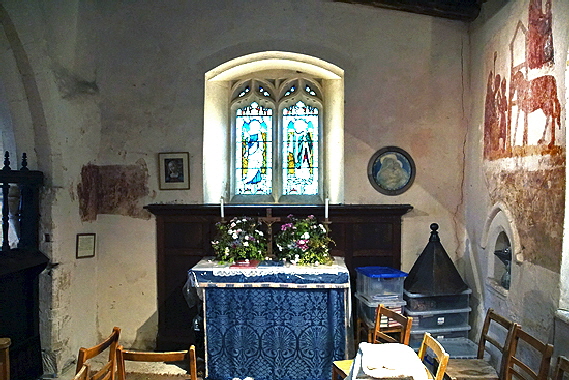 |
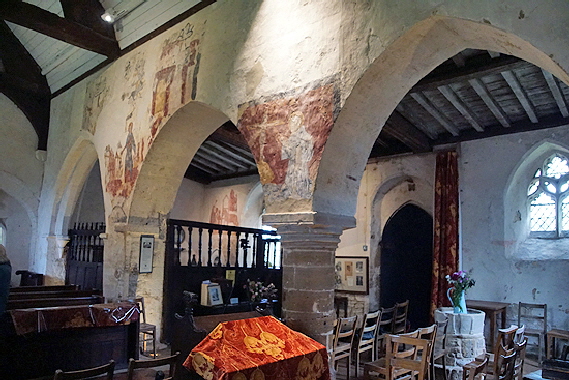 |
||||||||||||||||||||||||||||||||||||||||||||||||||||||
|
Left: Looking to the east of the south aisle, the St Eligius painting to the right. Right: Looking through the arcade to the aisle beyond. |
|||||||||||||||||||||||||||||||||||||||||||||||||||||||
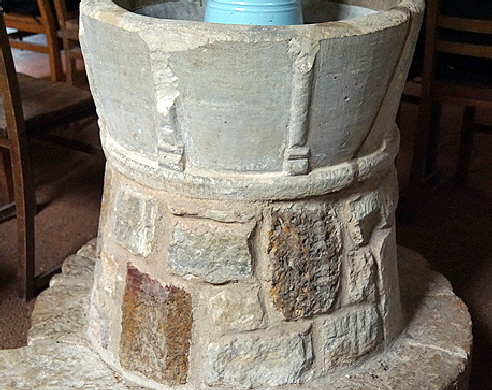 |
|||||||||||||||||||||||||||||||||||||||||||||||||||||||
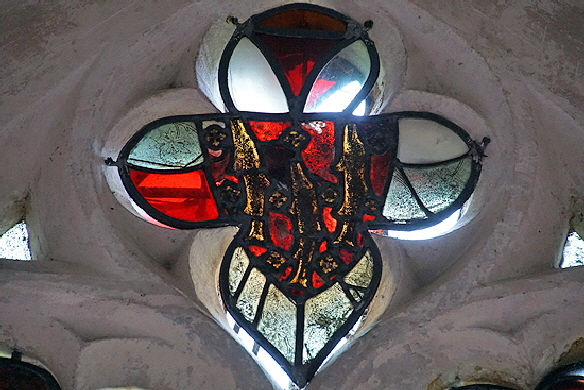 |
|||||||||||||||||||||||||||||||||||||||||||||||||||||||
|
Left: This top light in the east window might look nondescript but if you look carefully at the shield design it has three pike vertically arranged. This was the arms of the Lucy family and the glass is fourteenth century. The Lucys were holders of Slapton until 1460 when the line died out. Right: The base of the font is obviously makeshift. The age of the bowl is anybody’s guess. It is conspicuously shallow with pillar decorations. Could it be that he original decoration was Norman arcading with the tops of the arches subsequently chopped off? |
|||||||||||||||||||||||||||||||||||||||||||||||||||||||
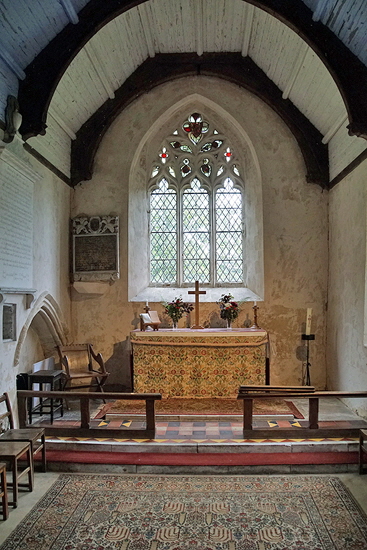 |
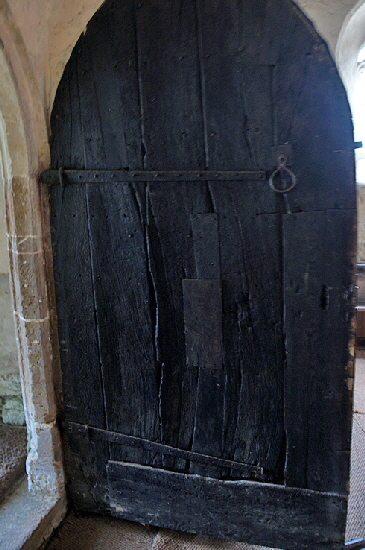 |
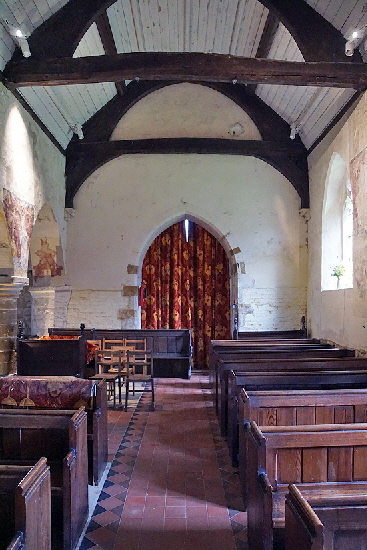 |
|||||||||||||||||||||||||||||||||||||||||||||||||||||
|
Left: The chancel is of the fourteenth century. Note the pretty Decorated style window. Centre: The ancient south door. Right: another view looking west. |
|||||||||||||||||||||||||||||||||||||||||||||||||||||||
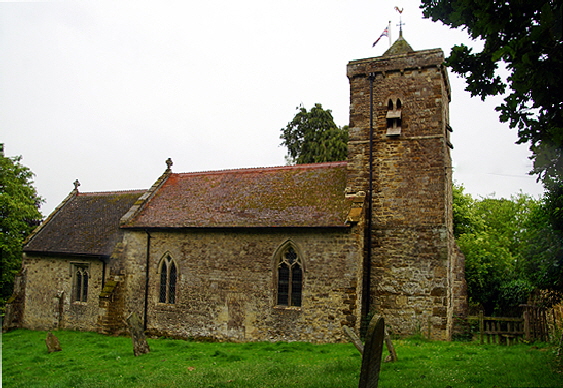 |
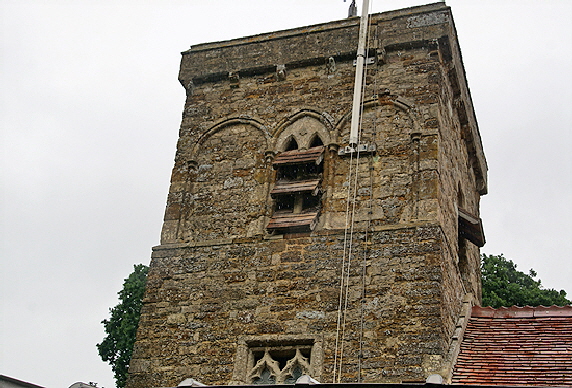 |
||||||||||||||||||||||||||||||||||||||||||||||||||||||
|
Left: The aisleless north side. Note the blocked north door. Right: An unusual configuration on the top section of the tower. The bell openings sport conspicuous (timber?) vanes. Either side of that opening are two blind circular arches. This is a classic Transitional look so I surmise this is an early Early English tower! |
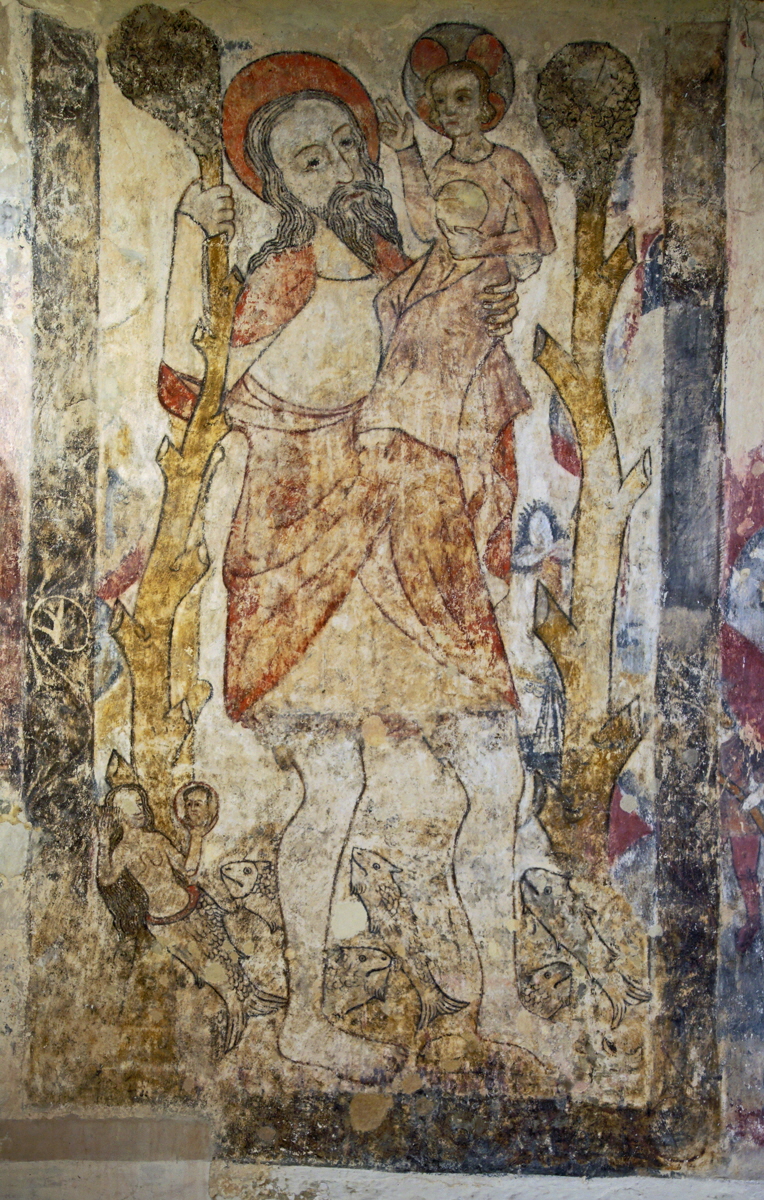 |
|||
|
A final look at St Christopher with his mermaid and fish lapping at his feet. The nimbed Christ is holding the world in his hand. |
|||
|
I hope you have enjoyed this Page and, perhaps, many more besides. Could you help me to make it better still and preserve its future? |
|
|
|
|
A .pdf Version of this page may be downloaded or printed below |
|
|
|||
